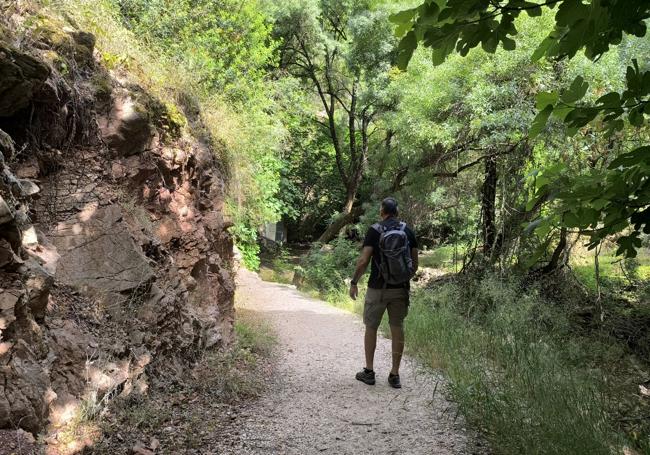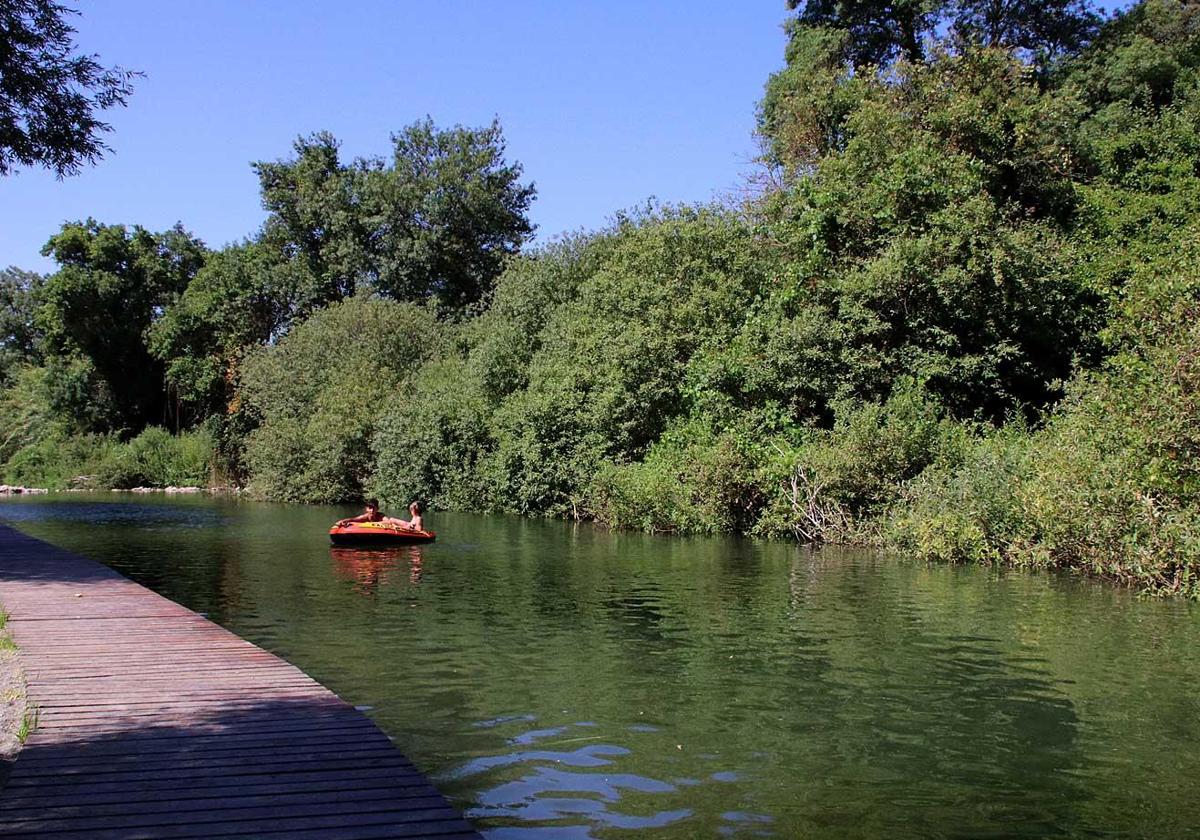Jimera's river route: linking two of the most spectacular bathing pools in the Serranía de Ronda
This trail, which runs parallel to the Guadiaro river and is in the shade for most of the day, makes for an easy walk - even in the heat of summer
This route connects several different trail sections to give walkers a straightforward riverside walk along the Guadiaro river in Malaga province's Serranía de Ronda. Running from the centre of the Estación de Jimera de Líbar railway neighbourhood, it includes the La Ermita and La Llana bathing pools as well as the spring source known as Las Artezuelas.
-
Route information
Area: Serranía de Ronda
Municipality: Jimera de Líbar
Difficulty level: Low. This linear route is flat, except for a slight slope on the Artezuelas footpath. Although it is just over three kilometres (one way), it is advisable to carry enough water and sun protection.
Type of route: Linear
Approximate duration: 1 hour 15 minutes (one way)
Length: 3.9 kilometres (one way).
Minimum elevation: 381 metres
Maximum elevation: 509 metres
Nearby places of interest: Charco de la Llana, Charco de la Ermita, the Las Artezuelas spring source, the old municipal washing place, la Fuente (the old fountain), Los Molinos (old mill buildings), the shrine-cum-hermitage of Nuestra Señora de la Salud and the church of El Rosario.
-
How to reach the starting point
To do this route you have to head to the Estación de Jimera de Líbar area and, once you have parked somewhere on its streets, start the trail at the railway underpass in Calle Miguel de Cervantes. Besides going by car, you can also take the train as alternative transport, as the Ronda-Algeciras railway line passes through here. If so, check the timetables with Renfe.
Charco de la Ermita-Charco de la Llana trail
Linear walk to Las Artezuelas spring
-
Route description
1Once you have located the underpass to cross the Ronda-Algeciras railway line, you come to Calle Guadiaro, where you have to walk just a few metres to reach the river of the same name. There you turn right onto Avenida de la Barca, which leads to both the old chapel, now in ruins, and the large pool named after the shrine of La Ermita, the first milestone on this river walk. Here you can rest or take a refreshing dip in the summer.
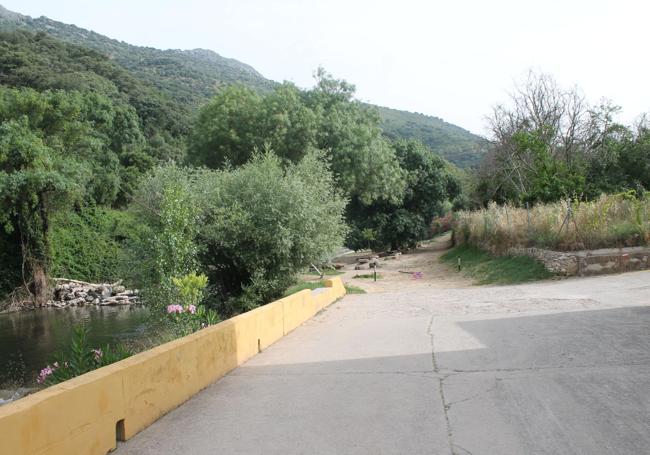
2From the Ermita pool, return your steps along Calle Barca and continue south, parallel to the Guadiaro, so that the river is on your right. Ignore Calle Guadiaro and continue past Estación de Jimera de Líbar area. Shortly after, you pass under the road that connects this village with the MA-8401 road that runs between Benaoján and Cortes de la Frontera. This is the part of the route most exposed to the sun and also the one that most loses contact with the river.
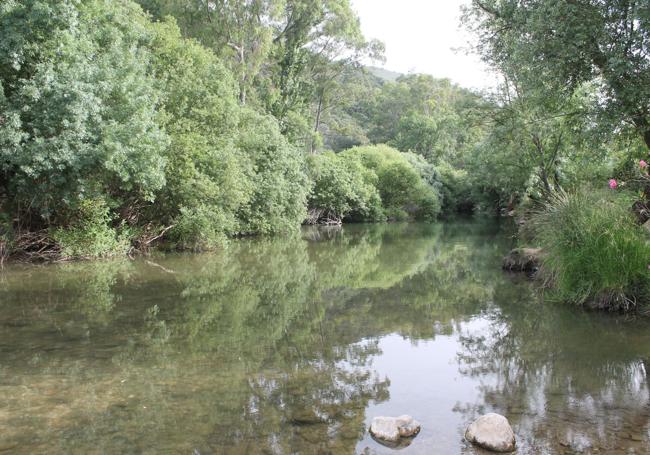
3After passing under the road, the path continues descending southward through some orchards before shortly returning to an area more populated by trees that protect the riverbank. After a few more metres, you will reach an area where several mills once stood, harnessing the power of the Guadiaro's flowing waters. A little further on you will reach what is known as the "charco de la Llana", another of the most sought-after bathing spots in the Serranía de Ronda.
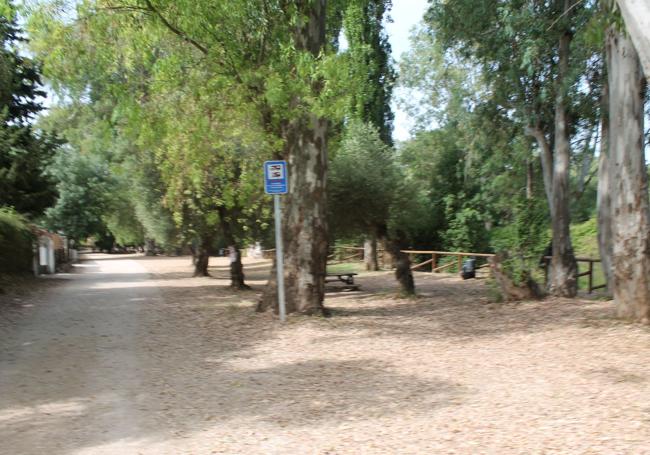
4From La Llana pool, return along the same path to Calle Guadiaro, from where you take the railway underpass to return to the starting point.
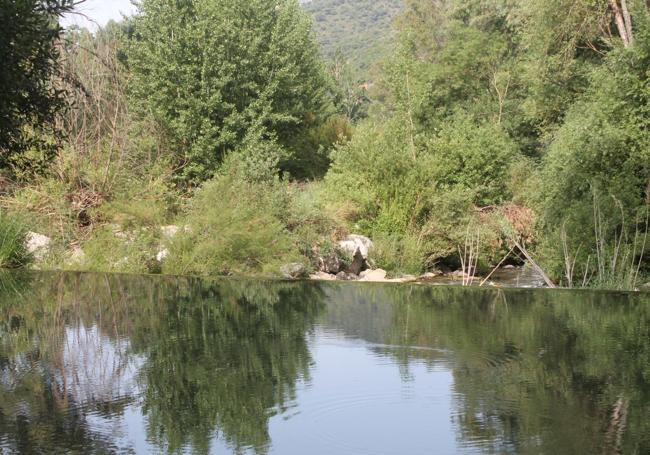
5As a complement to this route, either before or after, you can visit the Las Artezuelas spring, which is spectacular at the start of spring, as long as it has rained well in the previous months. The best way to do this is to go on foot or by car to the village of Estación de Jimera. To do so, take the MA-8307 road almost to the end. After crossing the bridge over the Guadiaro, before joining the road that connects Jimera with Cortes de la Frontera and Benaoján, turn off to the right and look for parking in the area. Then walk westwards, so that the Guadiaro river will be on your right. Then follow the lane through the residential area there. After passing one of the houses on a narrow path, you will join a slightly wider path that runs parallel to the river until you reach the source of Las Artezuelas, located almost 1.5 kilometres from the starting point. In summer the spring's flow is usually very low, but the walk along the Guadiaro alone is worth the effort.

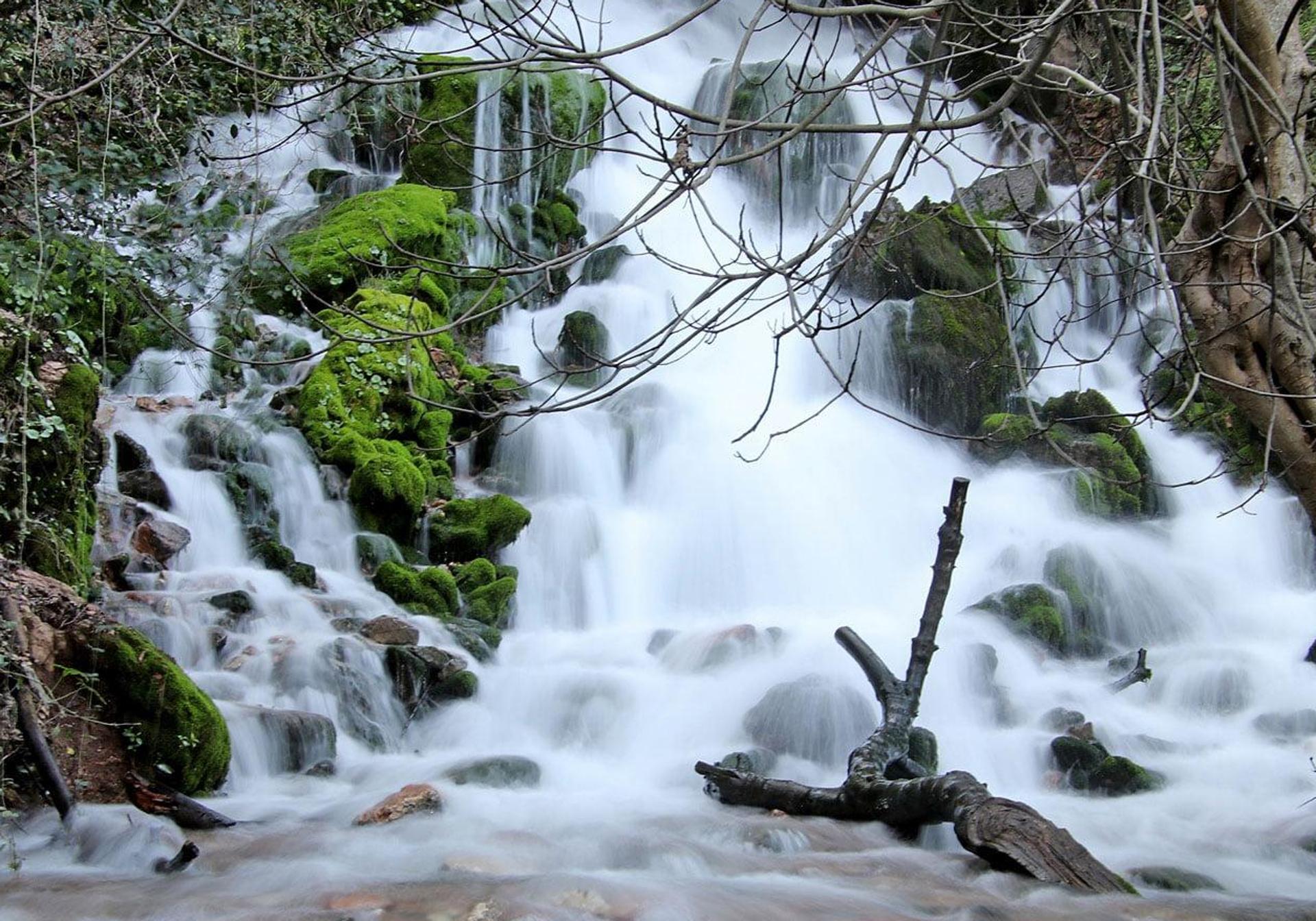
Flora and fauna
Of particular importance along this route is the riverside vegetation, such as brambles, oleanders, rushes and other species typical of these river habitats. In addition, the area is surrounded by pastures, meadows, Mediterranean woodland and traditional orchard crops, such as olive and almond trees. Besides all this, there are fertile, irrigated plots of land for fruit and veg cultivation that take advantage of the rich water resources on tap in this part of the Serranía de Ronda. As far as fauna is concerned, in addition to some river fish and small mammals, numerous ornithological species typical of riverside habitats and Mediterranean woodland can be seen, such as the kingfisher, lesser sandpiper, great spotted woodpecker, white wagtail, grey wagtail, common nightingale, shrike, sparrowhawk, black kite, crag martin, grey heron, cormorant, swifts and starlings, among many others.
